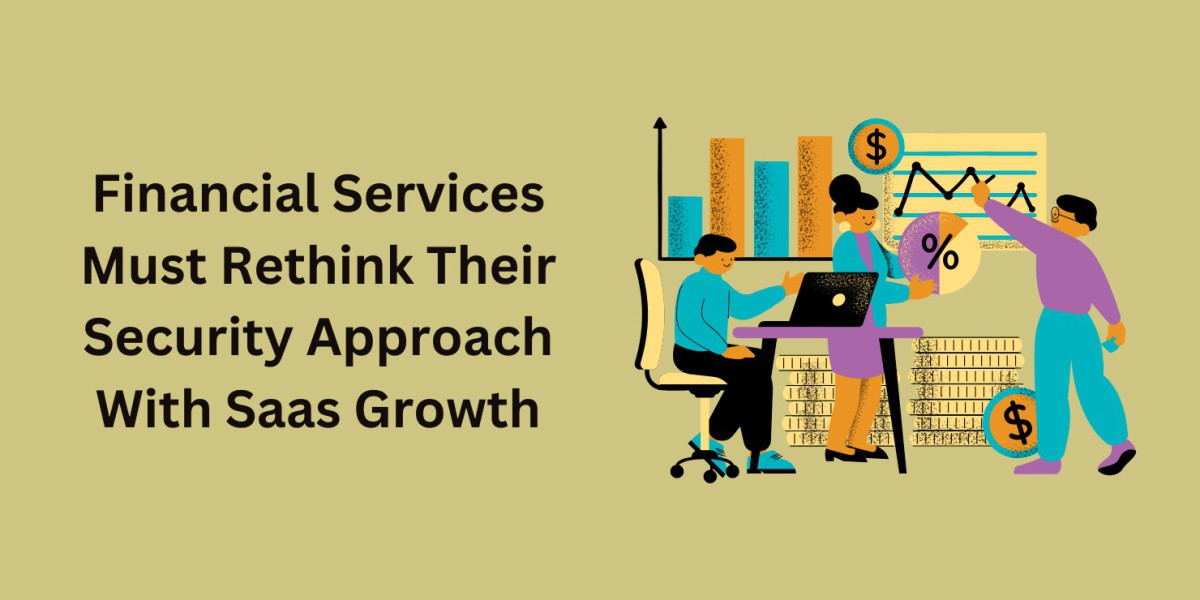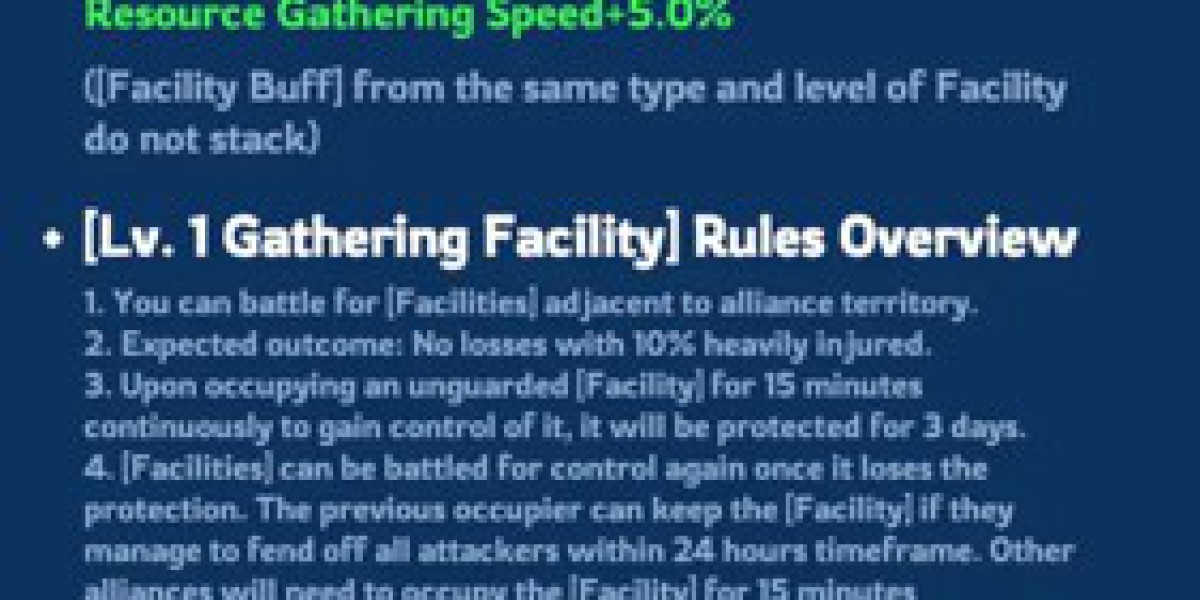The financial services industry is increasingly adopting Software-as-a-Service (SaaS) solutions to enhance efficiency, scalability, and innovation. While SaaS offers numerous benefits, it also presents unique security challenges that require a rethinking of traditional security approaches. This article explores why financial services must rethink their security strategies in the context of SaaS growth, highlighting the key challenges, best practices, and innovative solutions.
The Rise of SaaS in Financial Services
Benefits of SaaS
- Scalability: SaaS solutions allow financial institutions to scale their operations quickly and efficiently.
- Cost-Effectiveness: Reduced upfront costs and pay-as-you-go pricing models make SaaS attractive.
- Accessibility: Anywhere, anytime access to critical applications and data.
- Innovation: Continuous updates and new features enhance service delivery and competitiveness.
Increasing Adoption
- Core Banking Solutions: Many banks are moving their core banking systems to SaaS platforms.
- Customer Relationship Management (CRM): SaaS-based CRM solutions enhance customer engagement.
- Financial Analytics: SaaS platforms provide advanced analytics and business intelligence capabilities.
Security Challenges of SaaS
Data Security
- Data Breaches: Increased risk of data breaches due to centralized data storage and access over the internet.
- Data Privacy: Ensuring compliance with data protection regulations such as GDPR and CCPA.
Access Control
- Identity and Access Management (IAM): Managing access rights and ensuring only authorized users have access to sensitive data.
- Multi-Tenancy: Ensuring data isolation and security in multi-tenant environments.
Compliance
- Regulatory Requirements: Meeting stringent financial regulations and standards.
- Audit and Reporting: Maintaining transparency and auditability in SaaS environments.
Cyber Threats
- Advanced Persistent Threats (APTs): Sophisticated attacks targeting financial data and systems.
- Insider Threats: Risks from employees or third-party vendors with access to sensitive information.
Rethinking Security Strategies
Zero Trust Architecture
- Principle: "Never trust, always verify" approach to security.
- Implementation: Continuous verification of user identities and device compliance before granting access.
- Benefits: Reduces risk of unauthorized access and lateral movement within the network.
Data Encryption
- At Rest and In Transit: Encrypting data both when it is stored and when it is being transmitted.
- End-to-End Encryption: Ensuring data remains encrypted throughout its lifecycle.
Identity and Access Management (IAM)
- Multi-Factor Authentication (MFA): Implementing MFA to enhance security of user access.
- Role-Based Access Control (RBAC): Assigning access rights based on user roles to minimize unnecessary access.
- Single Sign-On (SSO): Simplifying user authentication across multiple SaaS applications.
Continuous Monitoring and Threat Detection
- Security Information and Event Management (SIEM): Centralized logging and real-time analysis of security events.
- Behavioral Analytics: Using machine learning to detect anomalies in user behavior that may indicate a security threat.
- Incident Response: Developing and testing incident response plans to quickly address security breaches.
Compliance and Governance
- Regulatory Compliance: Ensuring SaaS providers comply with relevant financial regulations.
- Data Governance: Implementing policies and procedures for data management and protection.
- Third-Party Risk Management: Assessing and managing risks associated with third-party SaaS providers.
Employee Training and Awareness
- Security Training: Regular training programs to educate employees about security best practices.
- Phishing Simulations: Conducting phishing simulations to enhance employee awareness and preparedness.
Innovative Security Solutions
Cloud Access Security Brokers (CASBs)
- Function: Provide visibility and control over data in SaaS applications.
- Capabilities: Data loss prevention (DLP), encryption, and threat protection.
- Benefits: Enhanced security and compliance for SaaS environments.
Secure Access Service Edge (SASE)
- Concept: Converging network security services with wide area network (WAN) capabilities.
- Components: Secure web gateways, CASBs, zero trust network access, and firewall-as-a-service.
- Advantages: Improved security, performance, and scalability for SaaS applications.
Blockchain Technology
- Use Case: Enhancing security and transparency in financial transactions.
- Benefits: Immutable records, decentralized control, and reduced fraud.
Artificial Intelligence (AI) and Machine Learning (ML)
- Threat Detection: Using AI/ML to identify and respond to threats in real-time.
- Predictive Analytics: Forecasting potential security incidents and proactively mitigating risks.
Best Practices for SaaS Security
- Vendor Assessment: Conduct thorough due diligence on SaaS providers, including their security practices and compliance certifications.
- Data Classification: Classify data based on sensitivity and apply appropriate security controls.
- Access Control Policies: Define and enforce strict access control policies.
- Regular Audits: Perform regular security audits and assessments.
- Backup and Recovery: Implement robust backup and disaster recovery plans to ensure data availability and integrity.



